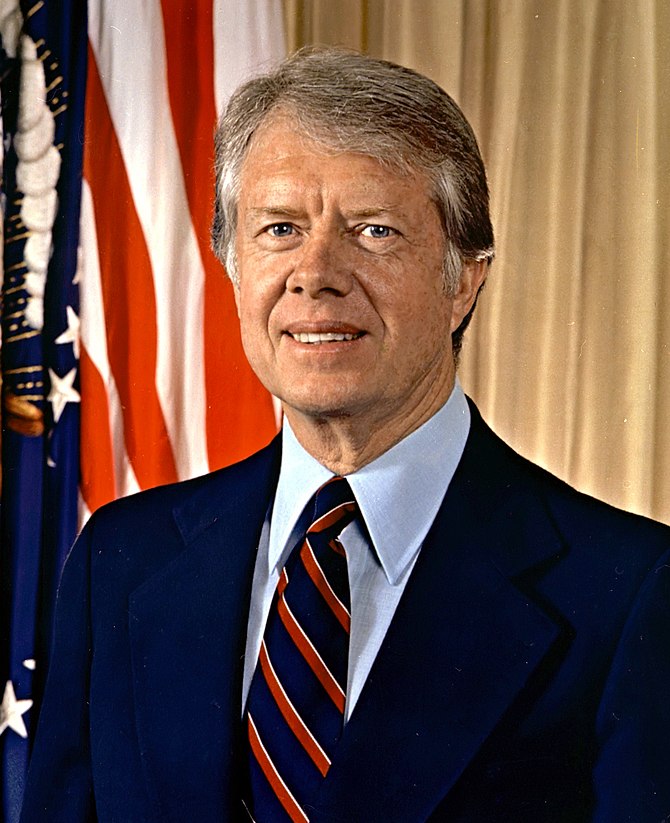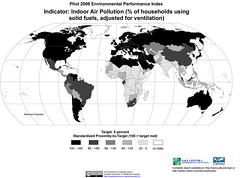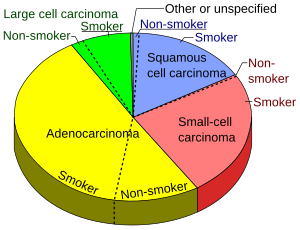They’re not quite ready to call it a cure, according to Dr. Susan Goodin of the Big Ten Cancer Research Consortium. But researchers are very excited about the number of seemingly complete and relatively long-lived remissions they’re seeing in certain kinds of cancers using this new immunotherapy. Used alone and sometimes in combination with other drugs or modalities, the drugs are forcing a certain percentage of melanomas and smoking-induced lung cancers to yield. Read more about how Johns Hopkins is moving ahead with anti-PD-1 research.

This is revolutionary thinking about a new way to tap into the astounding power of our own immune system to fight cancer. It doesn’t yet work consistently with all cancers or for all patients, according to Dr. Jeffrey Sosman of Robert H. Lurie Comprehensive Cancer Center of Northwestern University. A lot more research is needed on how to identify who can benefit and how to translate the principle into drugs for other types of cancers. But its effects can be near-miraculous for some – in one such instance, 91-year-old President Jimmy Carter’s brain tumors disappeared.
Here’s Boston’s Dana-Farber Cancer Center’s quick-and-dirty cartoon video about how the anti-PD-1 drug hooks up with the PD-L1 expression on the cancer cell (antigen).
Cost is said to be staggering for these new drugs. But according to Dr. Sosman, the cost has nothing to do with the science involved. It’s more a function of what the market will bear. And he said there are ways to get the drugs for patients who desperately need them but can’t afford them.
More dramatic progress in learning how to work with nature rather than against it.








